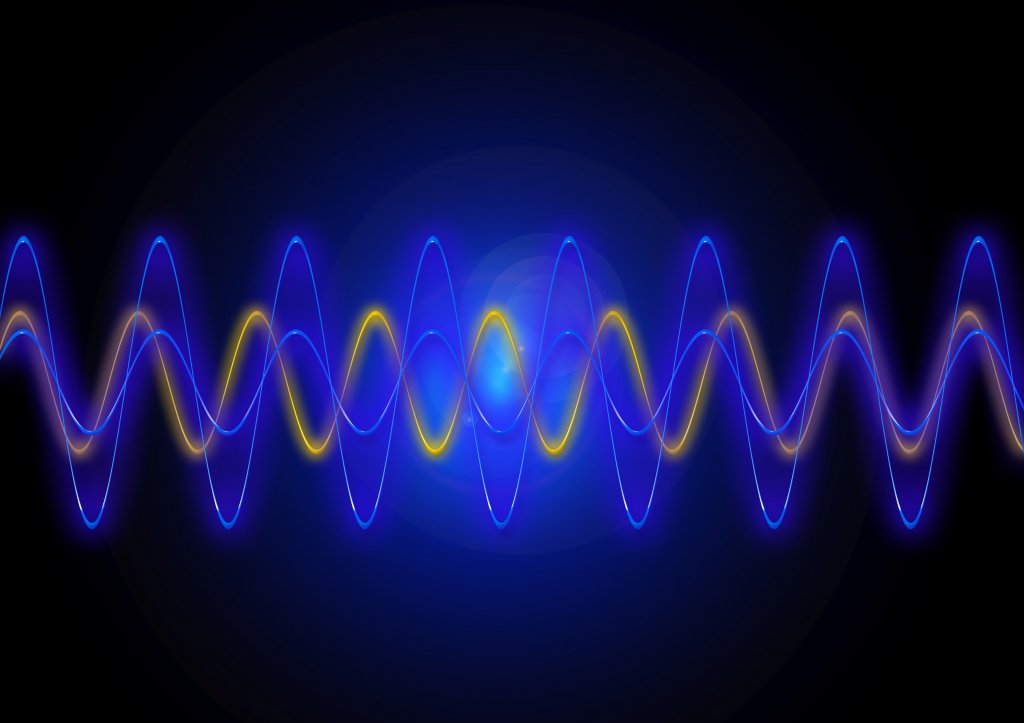Frequency Lowering For All! – Is There Evidence for this Practice in Adult Fittings?
Reprinted with permission from Hearing Review

The manufacturer default settings for a hearing aid fitting are not always the most appropriate settings for individual hearing aid users. Frequency lowering default settings are a good example, particularly since there has been an abundance of research interest in this area that can inform (impact?) clinical practice. Frequency lowering moves high frequency information to lower frequencies. In commercial hearing aids, one of two techniques is used: frequency compression or frequency transposition. Frequency compression is the more common technique.
Frequency lowering can be turned ON in the default settings of more than one hearing aid manufacturer’s software. But what is the evidence that this is the best practice for most hearing aid fittings? Research in this area has been equivocal. For adults, numerous studies have demonstrated modest improvement in audibility of some high frequency speech sounds in limited experimental conditions for individuals with varying hearing loss severity. However, there are two other details that are of vast importance in determining whether it is appropriate to use frequency lowering as a default. One is the high degree of individual variation that is commonly reported in research studies (Picou et al, 2015; Alexander, 2013; Glista et al, 2009; Simpson et al, 2005). The second important consideration is that there is no consistency in findings on other outcomes than audibility of high frequency speech sounds, including speech recognition in quiet and noise, subjective measures, sound quality, and listener preferences. Additionally, the fitting procedures followed in research studies rarely follow the manufacturer’s default settings for frequency lowering. Typically, the manufacturer’s default prescribes a milder setting than what is used in research. This calls into question how research findings apply to real-world fittings, where settings often are not changed from the defaults.
Some evidence points to increasing benefit of frequency lowering for the best theoretical candidates, namely, those with severe high frequency losses (Glista et al, 2009). Yet even for these patients, the picture is not clear. For example, Cox et al (2012) showed that even adults with measured dead regions benefitted from full bandwidth amplification without frequency lowering. In another study, Perreau, Benter, and Tyler (2013) studied individuals fit bi-modally (a hearing aid on one ear and a cochlear implant on the other) and found no significant difference between the frequency-compression and conventional hearing aid for localization and consonant recognition. In fact, spondee-in-noise and vowel perception scores were significantly better with the conventional hearing aid compared to the frequency-compression hearing aid after 2 months of use. The authors concluded that speech perception may be negatively impacted by frequency compression because formant frequencies are too severely compressed and can’t be distinguished. Other studies that tested subjects with severe-to-profound hearing loss have shown that some but not all will benefit from frequency compression (Simpson et al., 2006; Simpson et al., 2005).
Given the high level of individual variation with frequency lowering, some researchers have turned their attention to identifying factors beyond audiometric thresholds that might predict outcomes with this technology. Cognitive functioning may be one such factor. Arehart and colleagues (2013) showed that elderly patients with decreased cognitive function are more susceptible to the distortions caused by frequency lowering. Thus, these older adults may be poor candidates for frequency lowering.
Although continued research is needed to help guide clinical decisions in applying frequency lowering, it is already apparent that this technique is not for everyone. It should be considered as an alternative for those who demonstrate limited benefit from conventional amplification.
References
Alexander J.M. Individual variability in recognition of frequency lowered speech. Semin Hear 2013; 34: 86–109.
1Cox RM, Johnson JA, Alexander GC. Implications of high-frequency cochlear dead regions for fitting hearing aids to adults with mild to moderately severe hearing loss. Ear and Hearing 2012; 33(5): 573-87.
Glista D., Scollie S., Bagatto M., Seewald R., Parsa V. et al. Evaluation of nonlinear frequency compression: Clinical outcomes. Int J Audiol 2009; 48: 632–644.
Picou EM, Marcrum SC, Ricketts TA. Evaluation of the effects of nonlinear frequency compression on speech recognition and sound quality for adults with mild to moderate hearing loss. Intl J of Audiol 2015; 54: 162-169.
Perreau AE, Bentler, RA, Tyler RS. The contribution of a frequency-compression hearing aid to contralateral cochlear implant performance. J Am Acad Audiology 2013; 24(2): 105-20
Simpson A, Hersbach AA, McDermott H.J. Improvements in speech perception with an experimental nonlinear frequency-compression hearing device. Intl J of Audiol 2005; 44: 281-292.
Simpson A, Hersbach AA, McDermott H.J. Frequency-compression outcomes in listeners with steeply sloping audiograms. International J of Audiology 2006; 45: 619-629.
Arehart KH, Souza P, Baca R, Kates JM. Working memory, age and hearing loss: Susceptibility to Hearing Aid Distortion. Ear and Hearing 2013: 34: 251-260.

